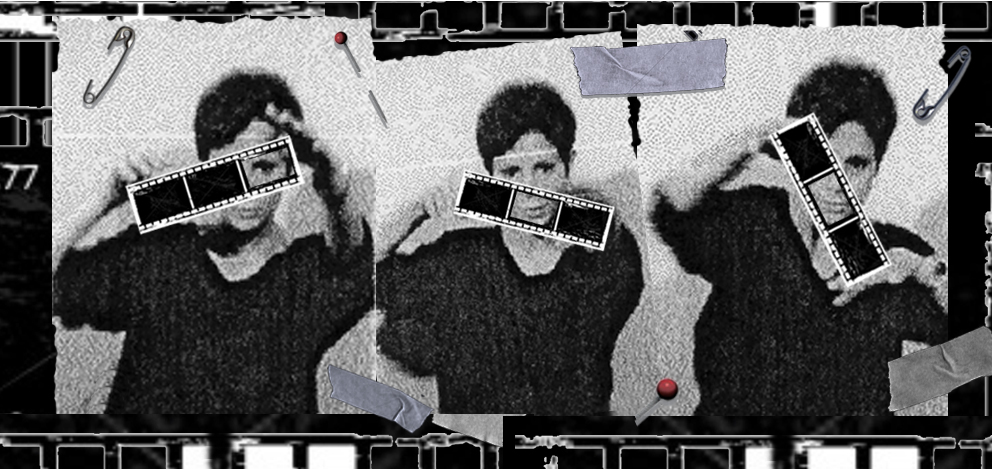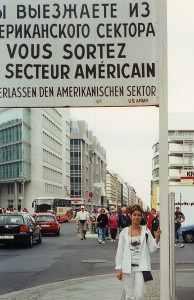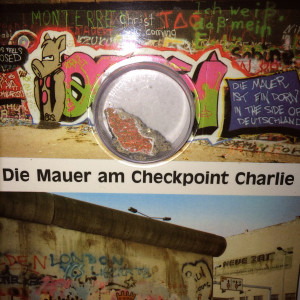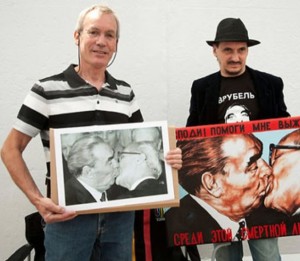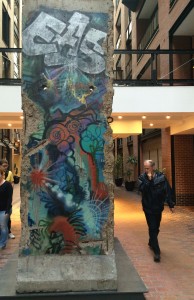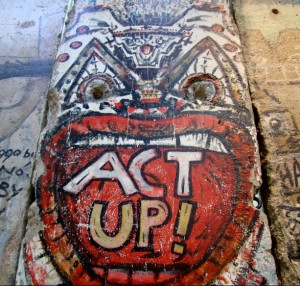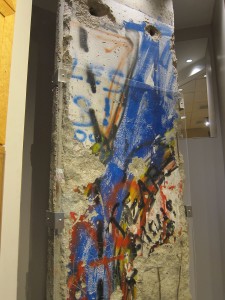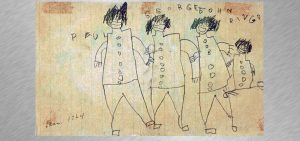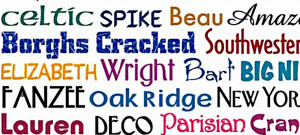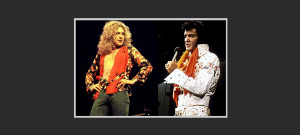The Iron Curtain. That was a term I heard often as a kid growing up in the Cold War ’60s. What exactly was this metallic barrier, and who or what was behind it, I wondered. Little did I know back then that British Prime Minster Winston Churchill had coined the term to refer to the ideological barrier that separated the free world from the Communist world. But in time, I came to realize that an actual curtain really did exist – one made of concrete. It was called the Berlin Wall, and it held much fascination for me.
By the time I first set foot in Berlin in 1993, there was virtually nothing left of the monolith that separated the two parts of the city between August 13, 1961, and November 9, 1989. I was expecting to see something of the 97-mile-long structure that was born at roughly the same time as I. Still, I understood the need to destroy this ugly reminder of socio-political oppression.
My first order of business was a trip to the famous Checkpoint Charlie area to buy up as much memorabilia as I could: from silly touristy things like a tiny chunk of the demolished wall, tastefully encased in plastic (whether it’s authentic or not, it’s on my kitchen wall!), to books detailing the history of the barrier and the incredible stories of East Germans who carried out elaborate schemes to scale or burrow under the wall (at least 136 people died trying to cross the border). But my favorite souvenir is a book that features the incredible amateur graffiti that once adorned the western side of the wall, as well as the more professional paintings that cover the structure’s few remaining remnants.
The most famous of these graffiti images is a painting based on a 1979 photograph of Soviet leader Leonid Brezhnev planting a big wet kiss on the lips of East German President Erich Honnecker during a celebration to mark the 30th anniversary of the formation of the Deutsche Demokratische Republik (the Communist-ruled German Democratic Republic, or DDR). French photographer Régis Bossu snapped the original image, perfectly capturing the creepy lip-lock of the Commie brothers. The photograph was an immediate media hit, published in newspapers around the globe. French magazine Paris Match named the photo “The Kiss,” and devoted a two-page spread to the picture. A German telecommunications firm even used the photo in advertising posters without permission. (Bossu filled a lawsuit and won.)
In 1990, with the euphoria of German reunification at its peak, Russian painter Dimitri Vrubel discovered Bossu’s photo and decided to paint a version of it on a remnant of the wall that was still standing in East Berlin. He added the caption, “God help me to survive this deadly love affair.” His work became one of the most photographed graffiti images of all time, and was reproduced on everything from t-shirts to towels. The East-Side Hotel in Berlin even used the image in its logo.
Vrubel’s painting was the key attraction of what came to be known as the East Side Gallery – a 1,000-foot-long section of remaining wall which runs parallel to the Spree River. Through the years, 117 artists from 21 countries have displayed their work on this once controversial canvas. The stretch of wall – considered the largest open air gallery in the world – is a major tourist attraction. It’s been protected by a preservation order since 1993. But vandalism and bad weather eventually took their toll; the artwork – much of which was created using cheap paint – slowly deteriorated.
In 2009, the East Side Gallery launched a major overhaul of the art wall. They removed the faded paintings using steam, and invited the original artists to repaint their sections. Vrubel was offered $4,000 to recreate his “Fraternal Kiss.” He donated the money to a social art project.
And while poor old Bossu never got rich from his shot seen ’round the world, he does garner a small, steady income every time his photo is published — which, to date, has amounted to over 500 times! He and Dimitri Vrubel finally met in 2009, when Bossu was invited to Berlin to exhibit his photos at the East-Side Hotel.
The fall of the Berlin wall was the most significant world event that occurred in my lifetime. As I watched the televised scenes of ecstatic people chiseling away at the wall with pickaxes on November 9, 1989, I never imagined that one by one the countries of the Soviet empire would soon be independent, or that I would spend the majority of my next five years immersed in the culture, history, and media landscapes of those fascinating regions.
Most of the Berlin Wall art panels have been removed and only exist in places such as Potsdamer Platz, Mühlenstrasse, and Bernauer Strasse. A few original remnants reside in museums. I took these photos: first, at the Centre de Commerce mondial in Montréal (in the “underground city”), and second, at the Newseum in Washington, DC. The third photos shows a wall section from the John F. Kennedy library in Boston. Click here to read more about art from the Berlin Wall.
© Dana Spiardi, Nov 9, 2014

